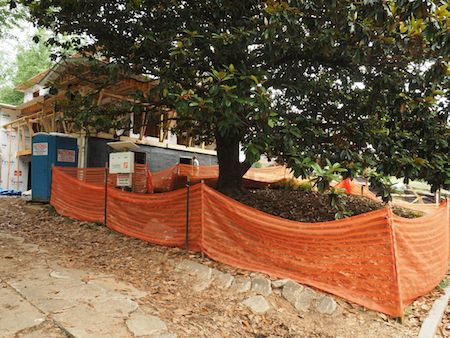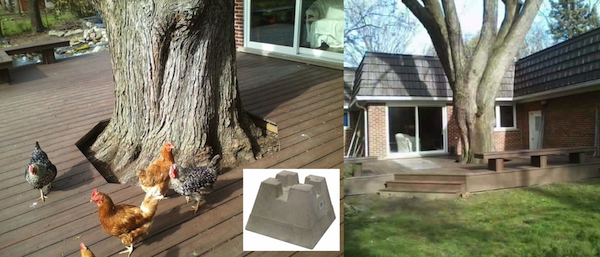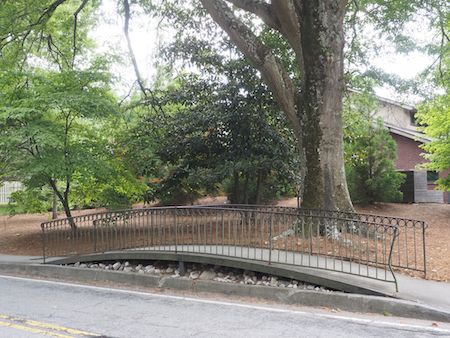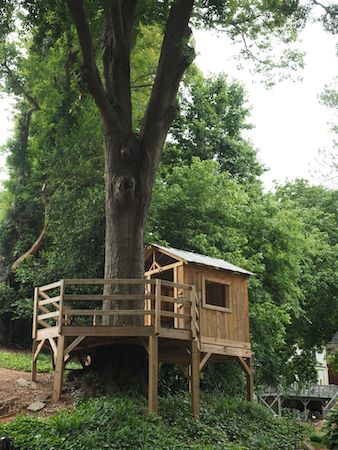We print this article with permission from Top Tier Trees, a tree service we respect and trust. It was written by one of their staff, Thomas Jolliff, an ISA-certified arborist.
Arborist Insights: Protecting Your Trees
Not all threats to your trees come from pests or disease—many are the result of preventable, everyday damage. Mechanical injuries caused by lawn equipment, vehicles, or even construction can weaken a tree’s structure, making it far more vulnerable to decay, insects, and long-term decline. The good news? Protecting against this kind of damage is simple and highly effective.
Common Causes of Mechanical Damage
- Spikes (or Gaffs) – Sharp climbing tools designed for removals, not pruning. Unfortunately, some climbers take the easy route and use them to make climbing faster, even though safe alternatives exist. Every step drives a spike into the trunk, puncturing bark and living tissue, and leaving behind permanent wounds that weaken the tree.
- Lawn Mowers & Weed Trimmers – Striking the trunk can strip bark and injure the living tissue that keeps your tree growing.
- Vehicles & Heavy Equipment – Parking or driving over root zones compacts the soil, crushing feeder roots that deliver water and nutrients.
- Construction Work – Digging, grading, or piling soil too close to a tree can suffocate roots and cause irreversible damage.
- Improper Tying or Staking – Wires, ropes, or ties left in place cut into bark as the tree expands.
Why It Matters
Bark is your tree’s natural armor. Once it’s damaged, the tree loses a key defense against pests and disease. Underground, root injuries from soil compaction or excavation can be just as harmful—reducing stability and limiting the tree’s ability to thrive.
Easy Ways to Prevent Damage
-
Keep a wide mulch ring at the base of your tree—this creates a buffer zone for lawn care equipment.
-
Avoid driving or parking over root systems.
-
Use protective fencing around trees during construction—ideally beyond the drip line.
-
Check young trees regularly for ties, wires, or stakes that could restrict growth.
Bottom line: a little prevention makes a big difference. Protecting your trees from mechanical damage today will help them stay strong, healthy, and beautiful for decades to come.
It is always a good idea to hire a Certified Arborist to look at the trees on a property before you buy, that is, during the "due diligence" period. If there are trees with problems, the inspection could make the difference between stopping the purchase or going through it. Or it could mean that you, rather than the seller, will pay for removal of an unsafe tree after you move in. Tree removal can be a hefty bite in your "house poor" budget.
Here are some things the arborist will be looking for:
- Are any of the trees dead, diseased, or dying?
- Are there areas in the tree or major branches that are hazardous?
- Are the trees too close to the house?
- If construction is planned after the sale goes through, how might it impact the trees?
- Are a tree's roots disturbing the foundation or driveway?
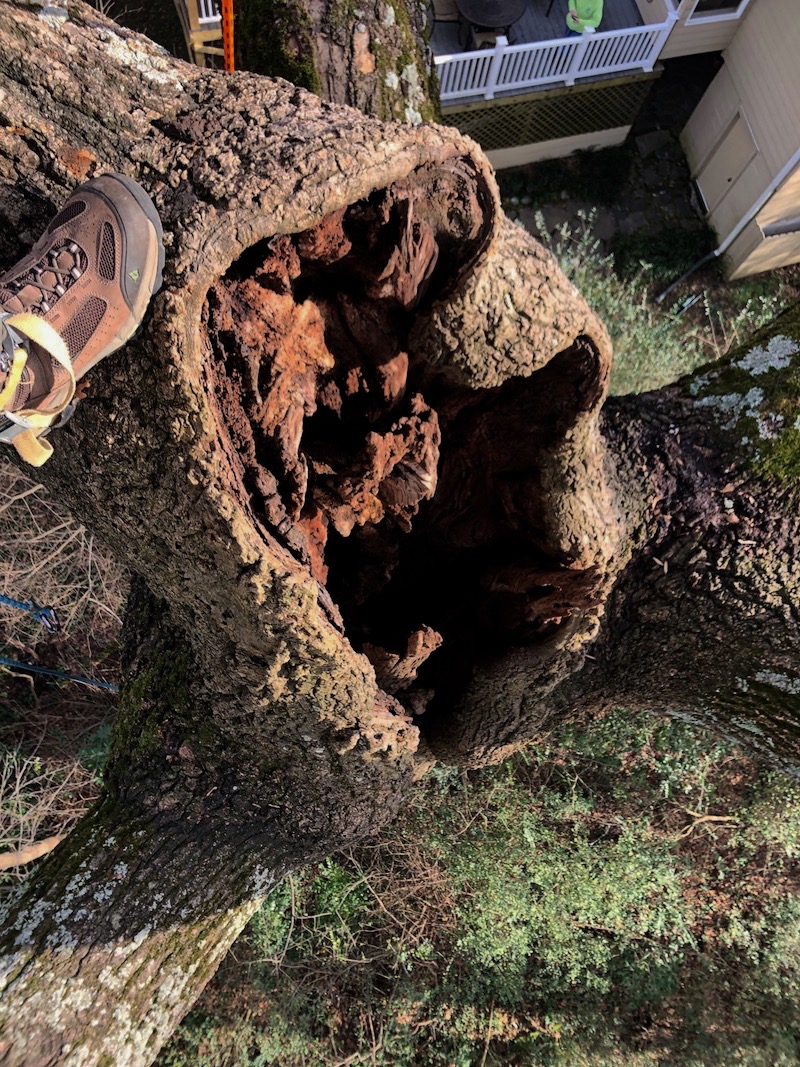
From the ground, this huge tulip tree near the home looked completely healthy. But when the homeowner casually mentioned he had seen a raccoon in the tree, our arborist knew he had to climb up to find out why. Look at the cavity he found! Massive decay going deep into the trunk is a great place for a raccoon to raise its young, but it makes the tree very dangerous!
A removal like this will cost thousands of dollars, likely changing the terms of a home purchase. Get the trees inspected before you sign a contract. Otherwise, you might be stuck with a very expensive tree job.
Most municipalities require that a Certified Arborist review your plans before they will give you a permit to add on to your home or build a new one. However, it is usually helpful to get a Certified Arborist out as early as possible in the planning process, even before the permitting stage begins. Why? Occasionally the arborist's suggestions to build around trees rather than removing them causes the homeowners to think again about the design of a project.
If tree removal is required as part of your plan, the arborist will write a "prescription" of steps the builder must take to help your trees survive the effects of construction. For example, an arborist will identify and clearly mark critical root zones of trees to prevent the roots from damage.
Sometimes we are called for advice about other construction-related projects, too. By offering alternative construction methods, we can save your special tree. Here are four examples.

